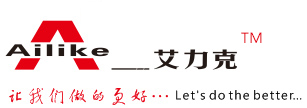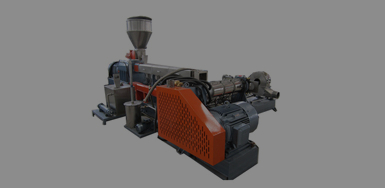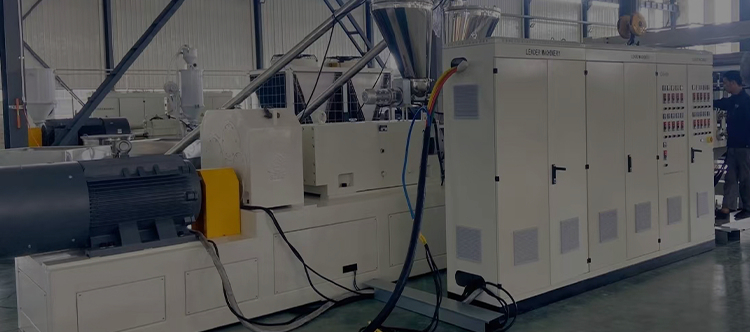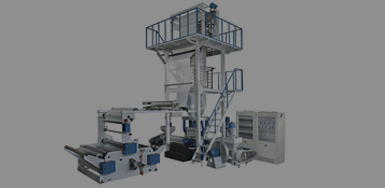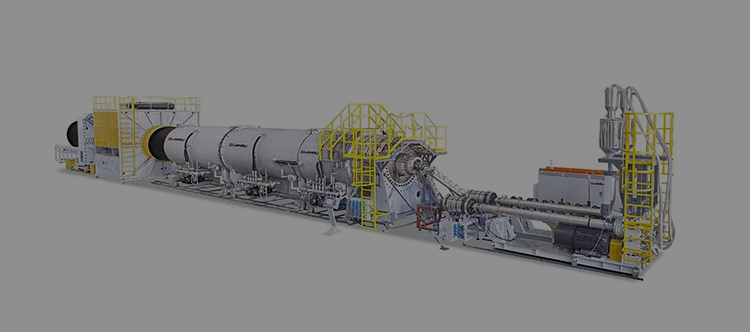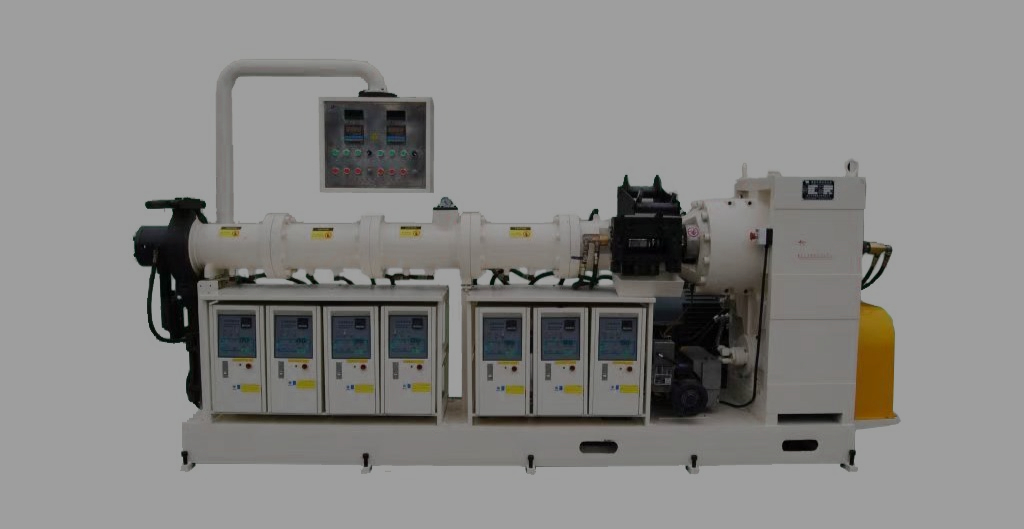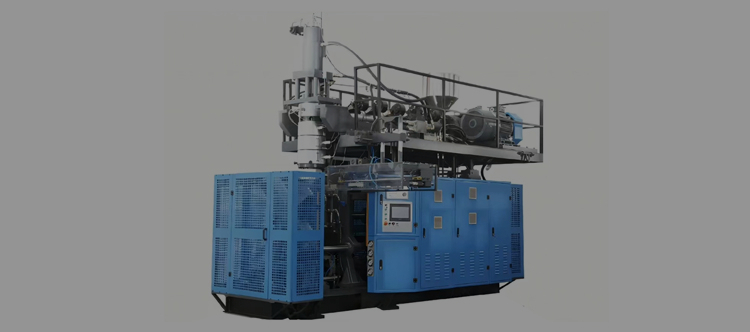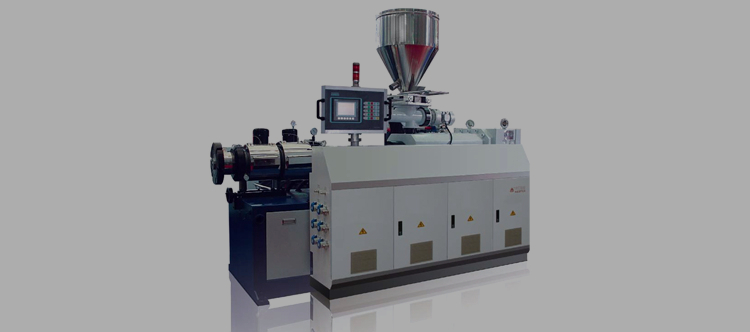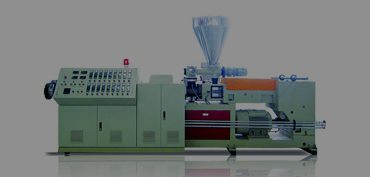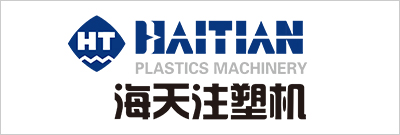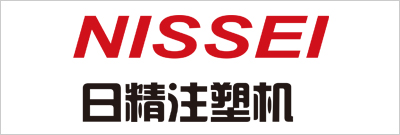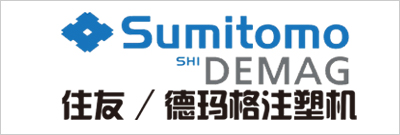Planetary Single Screw Sheet Extruder
planetary single screw sheet extruder is: in the middle section of the screw of the extruder (I. e. plasticizing section) or the entire screw (only the feeding section of the feeding part is not a planetary screw) is a planetary screw structure. When working, the central screw is used as the active screw, and its outer circle has a plurality of small-diameter screws meshing with it. These small-diameter screws can rotate on their own and revolve around the central screw. This is because the outer periphery of the small screw also has a jacket with helical teeth meshing with it. This jacket is also a barrel, which is bolted to the front and rear barrels. The thread section of the screw is an involute tooth shape, and the spiral is a multi-head thread.
planetary single screw sheet extruder has the following advantages:
- has a very high speed, which can improve extrusion efficiency and productivity, and reduce energy consumption.
- planetary gear has the advantages of low noise and long life.
- screw adopts planetary structure, and the throughput of the same size extruder is larger than that of the traditional extruder, which has higher production efficiency.
- the special screw wire shape makes the viscosity of the plastic easier to control, thereby improving the stability of the extrusion quality.
- adopts planetary gear transmission instead of the traditional reducer transmission, which has higher transmission efficiency, smaller energy loss and lower energy consumption.
In addition, plastic particles or powder are added to the feed section of the screw extruder through the feed port. The screw rotates in the barrel to push the plastic particles forward while applying high temperature and high pressure. As the plastic is frictionally heated within the screw and barrel, the plastic begins to melt and form a uniform melt. In the pressure increase and melting zone, the screw thread gradually becomes shallow, making the traffic channel narrow, thereby increasing the melting pressure of the plastic and promoting the further melting of the plastic. Finally, the melted plastic is extruded into a die to form a sheet.
